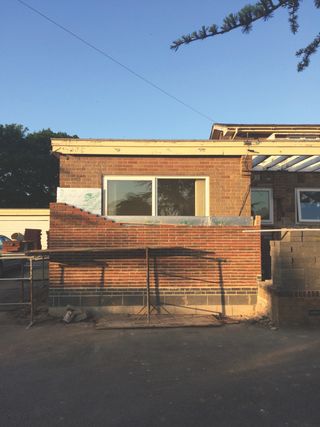
Home insulation is a crucial aspect of maintaining an energy-efficient and comfortable living environment. With energy bills continuously rising, effective insulation can significantly reduce heat loss, lower carbon emissions, and save money. Below are practical DIY techniques and strategies that homeowners can implement to effectively insulate their homes.
Understanding Heat Loss in Your Home

Heat escapes from a home through various pathways, with roofs, walls, floors, and windows being the primary culprits. On average, around 25% of heat loss occurs through the roof, 35% through walls, and significant portions through floors and windows. Addressing these areas can lead to substantial savings on energy costs and improved comfort year-round[3][8].
Insulating Your Roof

The roof is one of the most critical areas for insulation. Installing loft insulation can save a significant amount on heating bills. For instance, fitting 270mm of insulation in a semi-detached house can save around £385 annually. Homeowners can tackle this as a DIY project by using products like mineral wool or fiberglass batts. Ensure to lay insulation evenly between roof joists, avoiding compression, as this can diminish insulation effectiveness[1][8].
Key Steps for Roof Insulation:
Assess Existing Insulation: Measure the depth and condition of current insulation.
Choose Insulation Material: Opt for options like mineral wool, which is commonly affordable and effective.
Installation: Lay insulation perpendicular to the joists for even coverage. Use kneeling boards for safety and stability when working in the loft[9].
Wall Insulation Options

Insulating walls can be slightly more complex, particularly in older homes where walls may be solid or cavity-built. Here’s how to address different wall types:
Cavity Walls: These walls have a gap that can be filled with insulation. Injected cavity wall insulation can cost around £2,500 but may save up to £400 annually on energy bills[2][4].
Solid Walls: Insulation can be added either internally or externally. While external insulation is more effective, it is also typically more expensive, costing upwards of £12,000 but saving roughly £600 per year[2].
DIY Measures: Consider using insulated plasterboards for internal walls, a practical approach for solid walls. The cost and disruption involved are generally lower than external options[7].
Floor Insulation Techniques
Insulating the ground floor can also help retain warmth. This is particularly relevant for homes with suspended timber floors, as these can often be lifted to allow for the installation of insulation. The process may save about £50 to £130 per year, depending on whether the home is a bungalow or a detached house[1][4].
Conducting Floor Insulation:

Identify Floor Type: Determine if the floor is solid concrete or suspended timber.
Install Insulation: For suspended timber, lift the floorboards and place mineral wool insulation between the joists. For concrete, consider adding rigid insulation boards on top[6][8].
Window and Door Insulation

Windows and doors are significant sources of drafts. Simple measures can be taken to enhance their efficiency:
Weather Stripping: Add weather stripping around window frames to minimize drafts for a few pounds per meter[3][4].
Curtains and Blinds: Heavy, thermal curtains can reduce heat loss effectively, while also providing added insulation during colder months[5][8].
Secondary Glazing: For homes with single-pane windows, consider installing secondary glazing or films to improve thermal efficiency[7][5].
Additional DIY Insulation Tips

Draught Proofing: This is one of the most cost-effective methods to keep cold air out and warm air in. Start with thick curtains and then move to draught excluders for windows and doors[3][4][8].
Pipe Insulation: Insulating hot water pipes and tanks can prevent heat loss, saving about £90 a year[1][6].
Chimney Balloons: If not in use, blocking chimneys can prevent cold downdraughts[4].
Conclusion
Implementing these DIY insulation techniques not only makes a home more comfortable but also contributes significantly to energy savings. By focusing on key areas such as the roof, walls, and windows, homeowners can achieve noticeable reductions in their energy consumption and costs. Through these practical measures, even those on a tight budget can make effective changes that yield long-term benefits.
Get more accurate answers with Super Pandi, upload files, personalized discovery feed, save searches and contribute to the PandiPedia.
Let's look at alternatives:
- Modify the query.
- Start a new thread.
- Remove sources (if manually added).